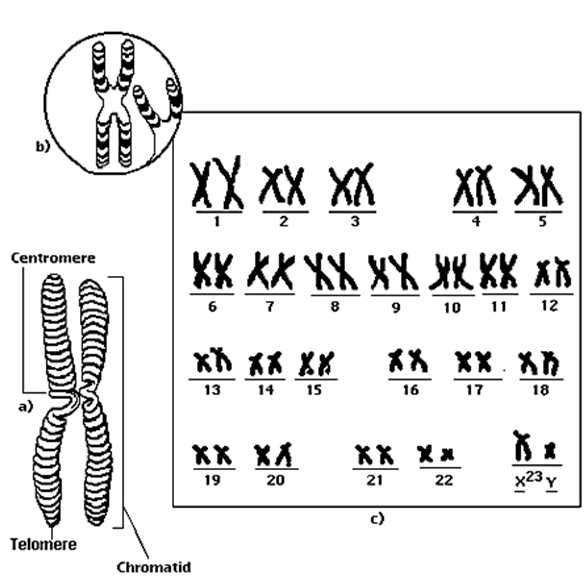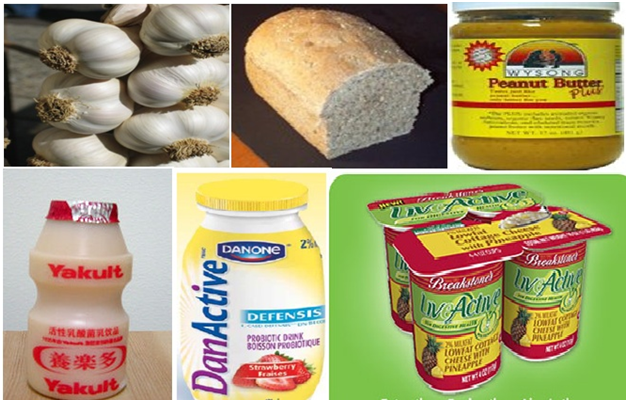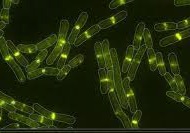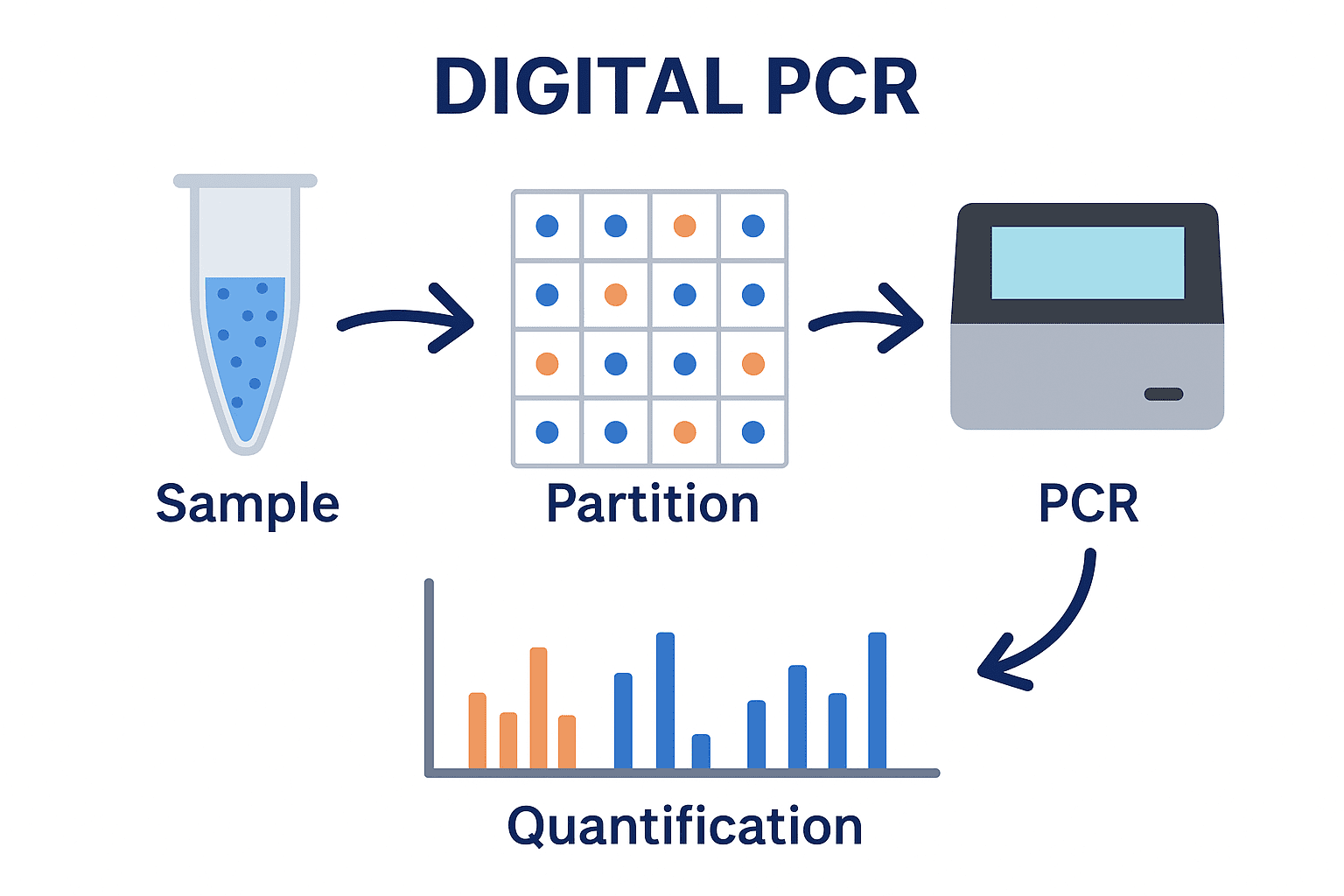Genes are sections of the deoxyribonucleic acid (DNA) that codes for the synthesis of a specific protein sequence in a cell. A gene is generally the genetic unit or sequence on a chromosome which direct the synthesis of a particular protein sequence as wells as the characteristics of the synthesized protein molecule. When the trait that a gene controls is always passed on from the parent to their offspring’s and even from one generation to another, such a gene is known as a dominant gene. On the other hand, when the characteristics is not continuously expressed in the offspring but only appears if both parents have contributed the same form of the gene, such genes are generally known as recessive genes.
Dominant genes and recessive genes are the two main types of genes that govern the physical characteristics or phenotypes of living organisms. Thus the physical trait of living organisms is governed by two sets of genes (i.e. the dominant and recessive genes). The resulting phenotypes of organisms are usually governed by dominant genes in cases where one of the genes is recessive and the other is dominant. Recessive genes are only expressed in an individual when both of the genes are recessive. Generally, genes are sequence of nucleotides found in the chromosome or plasmid of an organism, and which encodes a functional polypeptide chain or ribonucleic acid (RNA) molecule inclusive of tRNA, rRNA and mRNA that directs protein synthesis in the cell or whole organism.
It is vital to note that the genetic information in the DNA of a cell is required for the biosynthesis of protein molecules which are unique to the cell; and this is achievable through transcription and translation as exemplified by the central dogma of molecular biology (Figure 1). A gene is said to be expressed in a cell or whole organism when it is transcribed (i.e. copied) into messenger ribonucleic acid (mRNA) and then translated into proteins; and gene expression is controlled in vivo at several levels by some transcriptional, translational and post-translational factors. Generally, proteins are produced through the direction of the genetic instruction encoded by genes; and these synthesized proteins are what actually perform the most of life’s functions in the body, and they also make up the majority of the cellular structures in the body of living organisms.

And this is why proteomics, the study of the entire protein complement that a cell or genome expresses at any given time (known also as the proteome) is using high-throughput techniques to understand the biological systems of the human body in view of unraveling the mysteries behind non-infectious diseases such as cancer. Most of the cellular processes that occur inside the cell of an organism are spurred and directed by the proteins, but the instructions to perform these functions actually come from the DNA, and this is exemplified by the central dogma (Figure 1). Haemoglobin is a protein that is found in the red blood cells (RBCs); and its main function is to transport oxygen from the lungs to the body tissues. Chromosomes are threadlike structures that carries the genes (i.e. sections or units of the DNA), and they are found in the nucleus of a cell (Figure 2).

The chromosome is a structure that contains DNA which carries genetic information that is vital to both the prokaryotic and eukaryotic cells. Chromosomes are usually paired, and a normal human cell contains 46 chromosomes (because chromosomes exist as 23 pairs) which consist of 22 pairs of autosomes (that comprises of the somatic or body cells) and two sex chromosomes (which are the gametes) designated as “Y” chromosome(for sperm cells)and “X” (for egg or ova) chromosome (Figure 3). Autosomes are chromosomes that are not sex chromosomes, and they include the 22 pairs of body or somatic cells of a normal human cell.

The genome of human beings is mainly distributed along 23 pairs of chromosomes that comprises of 22 autosomes or autosomal pairs of chromosomes and a pair of sex chromosomes that comprises of two “X” chromosomes (i.e. XX) for females and one “X” and one “Y” chromosomes (i.e. XY) for males. One chromosome in each pair of the sex chromosomes is inherited from the father while the other member of the pair is inherited from the mother; and the sex of the child or offspring is determined by each of the chromosome in the pair of sex chromosome especially the XY chromosome.
The central dogma shows how genetic information flow in the cell of an organism. Transcription is the process of transferring or copying the genetic information encoded in the DNA into a strand of mRNA. During transcription, the RNA polymerase reads from the DNA strand complementary to the RNA molecule to construct the complimentary mRNA which encodes or carry the genetic code required for gene expression in the cell (i.e. the biosynthesis of particular proteins). Translation is the process by which the cellular machinery reads the genetic code encoded by the mRNA and then creates a polypeptides chain required for protein synthesis in the ribosome.
It is the phase of protein synthesis in which information in the mRNA is used to guide the sequence of amino acids or polypeptide chain assembled by the ribosomes; and it ensures that the right type of protein molecules (as encoded by the genetic code of the DNA) are synthesized in the cell. Transcription (which occurs in the nucleus) and translation (which occur in the ribosome or endoplasmic reticulum) are the two stages in which the genes or genetic information stored in the DNA are expressed in a cell. Genetic code is the code in the nucleotide sequence of nucleic acids (DNA and RNA) that contains the information required for the synthesis of particular proteins in the cell of an organism.
References
Alberts B, Bray D, Johnson A, Lewis J, Raff M, Roberts K and Walter P (1998). Essential Cell Biology: An Introduction to the Molecular Biology of the Cell. Third edition. Garland Publishing Inc., New York.
Dale J (2003). Molecular genetics of bacteria. Jeremy W. Dale and Simon Park (4th eds.). John Wiley & Sons Ltd, West Sussex, UK.
Edelstein, M. L., Abedi, M. R., Wixon, J., and Edelstein, R. M. (2004). Gene therapy clinical trials worldwide 1989-2004—an overview. J Gene Med, 6: 597-602.
Ferrua, F.; Brigida, I.; Aiuti, A. (2010). Update on gene therapy for adenosine deaminase-deficient severe combined immunodeficiency. Current Opinion in Allergy and Clinical Immunology. 10 (6): 551–556.
Gardlík R, Pálffy R, Hodosy J, Lukács J, Turna J, Celec P; Pálffy; Hodosy; Lukács; Turna; Celec (2005). Vectors and delivery systems in gene therapy. Med Sci Monit. 11 (4): RA110–21.
Horn PA, Morris JC, Neff T, Kiem HP; Morris; Neff; Kiem (2004). Stem cell gene transfer—efficacy and safety in large animal studies. Mol. Ther. 10 (3): 417–31.
S Li and L Huang (2000). Nonviral gene therapy: promises and challenges. Gene Therapy, 7:31-34. www.nature.com/gt
Salmons B, Günzburg WH; Günzburg (1993). Targeting of retroviral vectors for gene therapy. Hum Gene Ther. 4 (2): 129–41.
Sambrook, J., Russell, D.W. (2001). Molecular Cloning: a Laboratory Manual, 3rd edn. Cold Spring Harbor Laboratory Press, New York.
Sheridan C (2011). Gene therapy finds its niche. Nature Biotechnology. 29 (2): 121–128.
Tamarin Robert H (2002). Principles of Genetics. Seventh edition. Tata McGraw-Hill Publishing Co Ltd, Delhi.
Twyman R.M (1998). Advanced Molecular Biology: A Concise Reference. Bios Scientific Publishers. Oxford, UK.
Vannucci, L; Lai, M; Chiuppesi, F; Ceccherini-Nelli, L; Pistello, M (2013). Viral vectors: A look back and ahead on gene transfer technology. The new microbiologica. 36 (1): 1–22.
Discover more from Microbiology Class
Subscribe to get the latest posts sent to your email.




